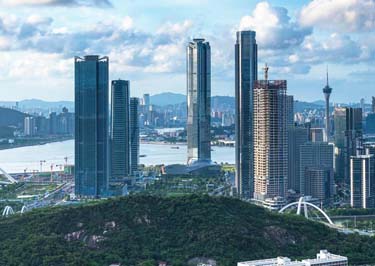Centuries-old Lianjiang Village is ripe for countryside tourism
Located 8 km from the town government court in northeast Lianzhou Town, Doumen District's Lianjiang earned the name for the lotus-shaped (Lian) hill in the background and the river (Jiang) in the front. It has been designated a Guangdong Biological Model Village and Guangdong Tourism-Featured Village.
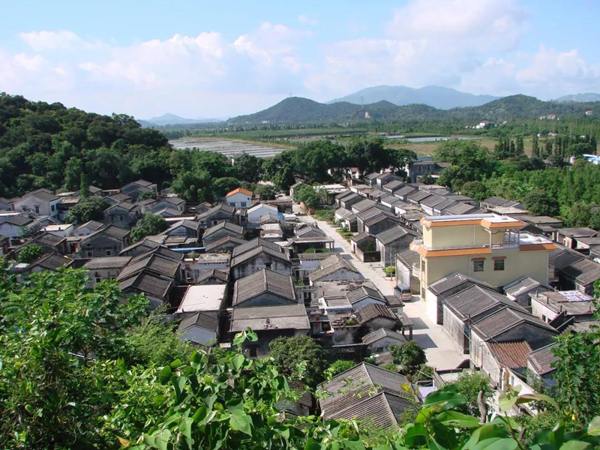
Lianjiang Village [Photo by Lu Huantang]
Originally built in 1682 during the 21st reigning year of Emperor K'ang Hsi (Kangxi) in the Qing Dynasty (1644-1912), the village saw family clans of Zhou, Luo, and He immigrate to the area to escape battle chaos and survive famine. The villagers speak Cantonese.
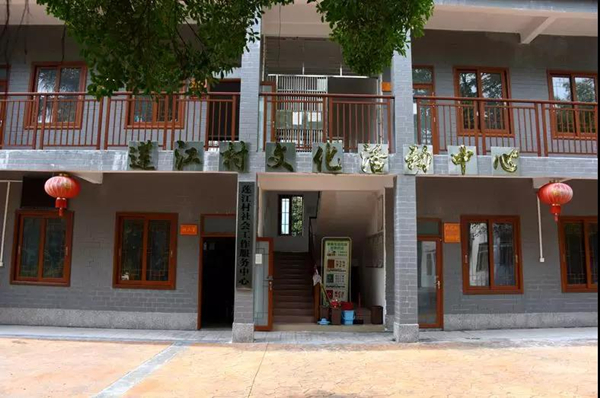
Lianjiang Village Culture Center [Photo by Zhou Yuguang]
The Cantonese folk dwellings are constructed in a deep-rooted residential style. The most-representative among 265 structures is the well-preserved but unoccupied 80-sq-m former residence of Luo Zanping.
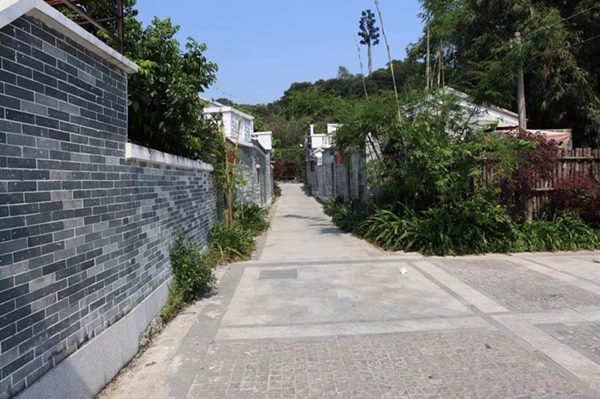
Residences in a row
Paddy rice farming had dominated the agriculture with supportive plantings of sugarcane, mandarin oranges, sweet potatoes, melons, vegetables, and fruit. Livestock was also raised before the 1990s. Nonetheless, most farmers have left their homes to serve as migrant workers, business operators, or catering providers due to drastically shrunken agricultural acreage.
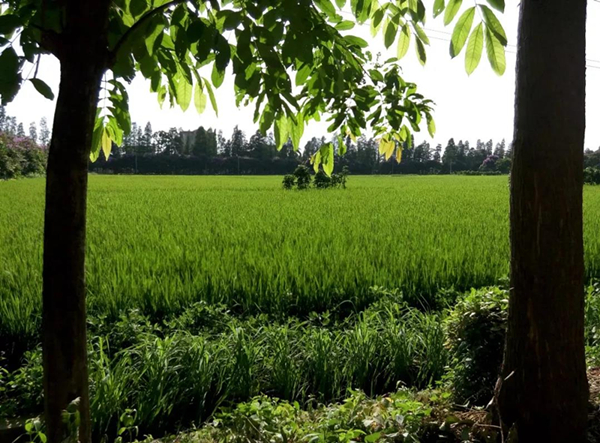
Rice paddy
Natural resources such as hornstone and silica sand and characterized farm produce like Kwai May (Guiwei), Yuhebao and Sesame-Core Litchis, and Shixia and Chuliang longans abound.
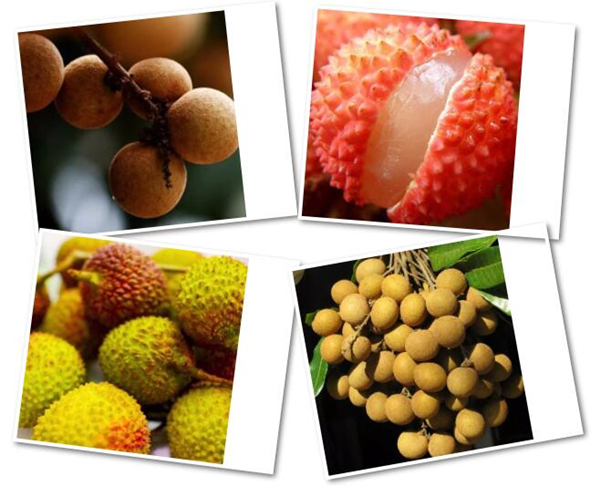
Litchis and longans
Villagers prepare indigenous folk refreshments such as Jian Dui, Crisp Sesame Balls with a bean paste filling; and Nian Gao, Chinese New Year Cake for Spring Festival; Ai Ci (Wormwood Cake) for the Third Day of the Third Lunar Month; Zongzi, Chinese sticky rice bundles for the Dragon Boat Festival; Water Caldrop for the Double Seventh Festival; Mooncake and Taro Cake for Mid-Autumn Festival; and Tangyuan, sesame-filled glutinous rice balls, for the Winter Solstice Festival (Mid-Winter Day).
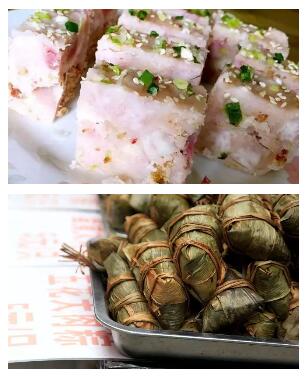
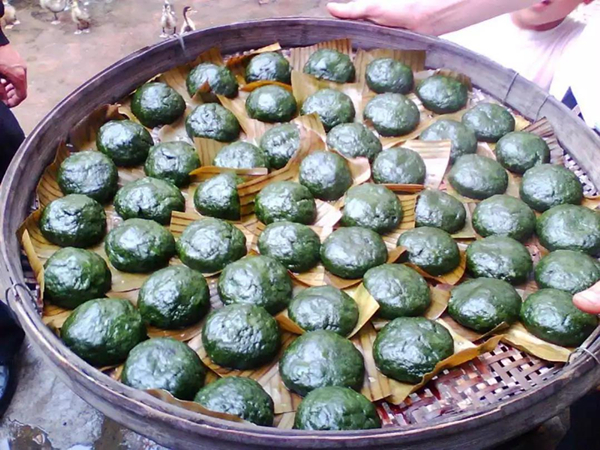
Festive refreshments
Ingenious and highly proficient villagers here weave Water-Plant Oversleeves, bamboo baskets, fish and shrimp cages, and make other bamboo and wood products.
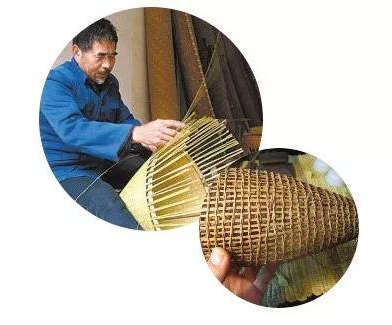
Bamboo weaving
Water-Plant Oversleeves, a traditional handicraft arising in the Republic of China period, is made from water plants and woven over a conical wooden mold. The 8-inch instrument protects arms and sleeves while reaping, weeding, and mowing.
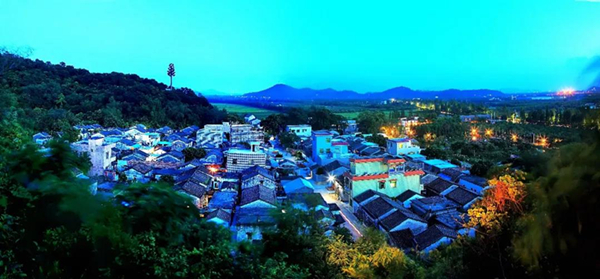
Tranquility
On the first and 15th days of the Chinese Lunar New Year, local women sacrifice pork, chicken, and ghost money at Cizun Palace to plead for productive farming, golden harvest, and safety for the villagers.
Originally built during the reigning years of Emperor Kuang Hsu (Guangxu) and rebuilt in 2004, Cizun Palace houses the Ci and Zun gods. A couplet on the gate was inscribed during Emperor Kuang Hsu's reign.
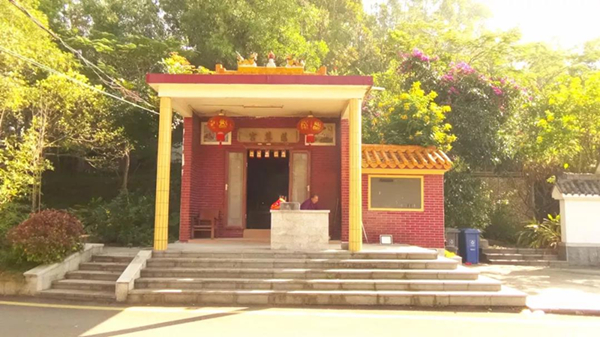
Cizun Palace [Photo by Zhou Yuguang in Dec 2016]
Each Tomb-Sweeping Day (Qingming Festival), the clan leader organizes his people to go up the hills to uproot weeds and add soil around the ancestral graves. They conduct ancestor worship by lighting candles, burning incense and ghost money, and offering sacrifices and fruits while setting off firecrackers. In the evening, the clan members gather for feasts.
The traditional folk wedding, dubbed "Hair Combing," took root in the Qing Dynasty. The rites are composed of selecting the date for the Big Day, making cakes for the bride’s family, meeting the bride, and bride return to parents on the third day of marriage.
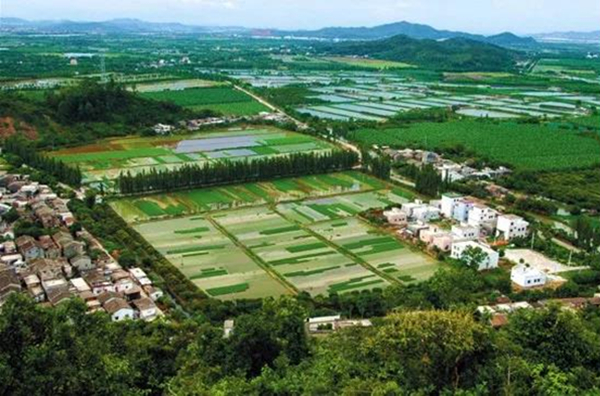
Dwelling clusters amid fields
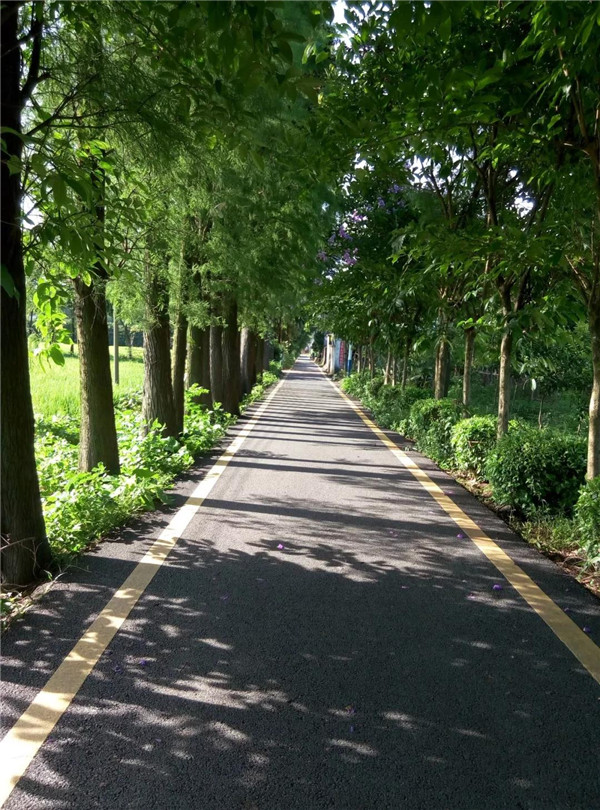
Country lane
Located at the venue of Zhuhai's water source protection zone, Lianjiang Village is poised to develop countryside eco-tourism and has been on a fast-growing track.
For instance, Shili Lianjiang Agriculture Sightseeing & Experience Garden in the core area of the Lianzhou Ecological Preservation Zone in the village features eco-agriculture sightseeing, farming experience, recreational holidaymaking, education, and healthcare.
On offer are brick-walled gray-tiled folk inns converted from rural residences, intangible cultural heritage food, and farmhouse restaurants. Greenway cycling and lake fishing take place at the edge of the village and add to the delights of countryside tourism.
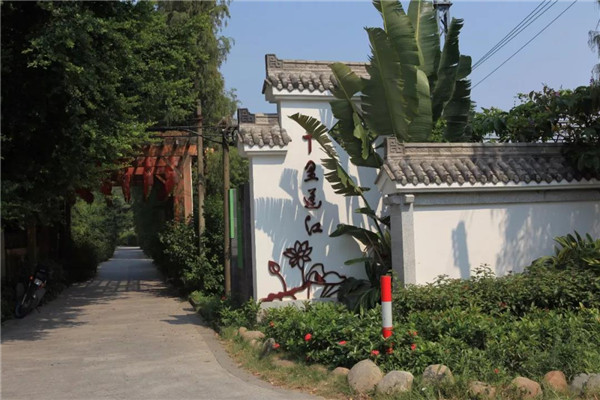
Lingnan-style residences
The Zhuhai Doumen Lianjiang Rural Music Festival initiated in 2016 has become an established brand by combing music with nature and countryside, thus vitalizing rural tourism with unique cultural feel.
As a result, the rural eco-tourism of Lianjiang Village has developed into a new invitation card for Doumen.
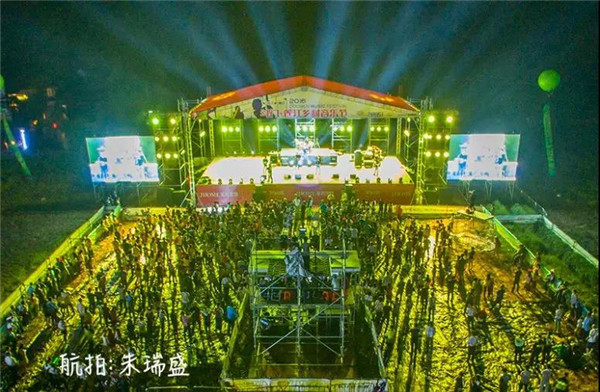
Doumen Lianjiang Rural Music Festival [Photos courtesy dmlvyoujv]
A development mode of "ecology + tourism + agriculture" has gradually gotten villagers involved in local projects and thus paved the way for Lianjiang's characterized growth. It also contributed to the village obtaining the titles of Guangdong Ecologically Civilized Village, Zhuhai No 1 Ecologically Civilized Village, Guangdong Livable Model Village, and more.
Address: Lianjiang Village, Lianzhou Town, Doumen District (斗门区莲洲镇莲江村)
Transport: Doumen Travel Express liner or Bus 401 to get off at Lianjiang Bus Stop (斗门旅游快线在十里莲江站下车;公交巴士401路在莲江站下车)


